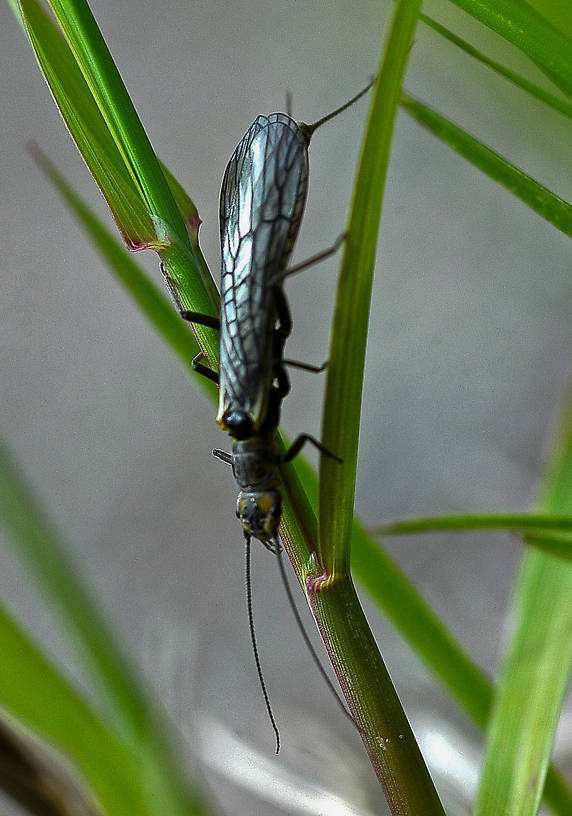
Hex Mayflies
Hexagenia limbata
The famous nocturnal Hex hatch of the Midwest (and a few other lucky locations) stirs to the surface mythically large brown trout that only touch streamers for the rest of the year.


Stonefly Species Paraperla wilsoni (Sallflies)
Species Range
Physical description
Most physical descriptions on Troutnut are direct or slightly edited quotes from the original scientific sources describing or updating the species, although there may be errors in copying them to this website. Such descriptions aren't always definitive, because species often turn out to be more variable than the original describers observed. In some cases, only a single specimen was described! However, they are useful starting points.
Description from GBIFthe Global Biodiversity Information Facility
Source: Larval And Egg Morphology Of Paraperla Frontalis (Banks, 1902) And Paraperla Wilsoni Ricker, 1965 (Plecoptera: Chloroperlidae)
(Figs. 5 - 6, 11 - 12, 16 - 18)Source: Larval And Egg Morphology Of Paraperla Frontalis (Banks, 1902) And Paraperla Wilsoni Ricker, 1965 (Plecoptera: Chloroperlidae)
Egg. Outline oval. Length ca. 331 µm, equatorial width ca. 241 µm. Collar sessile, surrounded by a smooth circular zone ca. 37 µm wide forming a circular plaque-like structure with diameter of ca. 97 µm (Figs. 5 - 6). Chorion covered throughout (except smooth collar zone) with shallow, obscure, irregularly sized pits, ca. 2.5 µm in diameter. Micropylar row equatorial.
Larva. Body length pre-emergent specimens 14 - 16 mm. General color pale brown without distinctive pigment pattern. Body covered with thin clothing hairs and short, thick setae, usually restricted to posterior segmental fringes and lateral clusters. Posterior fringes of abdominal sterna interrupted mesally, except on sternum 10. Lacinia with two teeth, 2 nd much smaller than 1 st, and not reaching mid length of larger tooth (Figs. 11 - 12); lacinial pecten row absent. Basal, mid and apical cercal segments bear terminal whorls of setae (Figs. 16 - 18); apical setal whorls composed of longer setae but vertical setal fringe absent. Legs with femoral and tibial swimming fringes absent or sparse.
Specimens of the Stonefly Species Paraperla wilsoni
1 Adult

Start a Discussion of Paraperla wilsoni
Stonefly Species Paraperla wilsoni (Sallflies)
Species Range
Common Names
Resources
- NatureServe
- Integrated Taxonomic Information System
- Global Biodiversity Information Facility
- Described by Ricker, W.E. (1965) New records and descriptions of Plecoptera (class Insecta). Journal of the Fisheries Research Board of Canada 22, 475–501.

